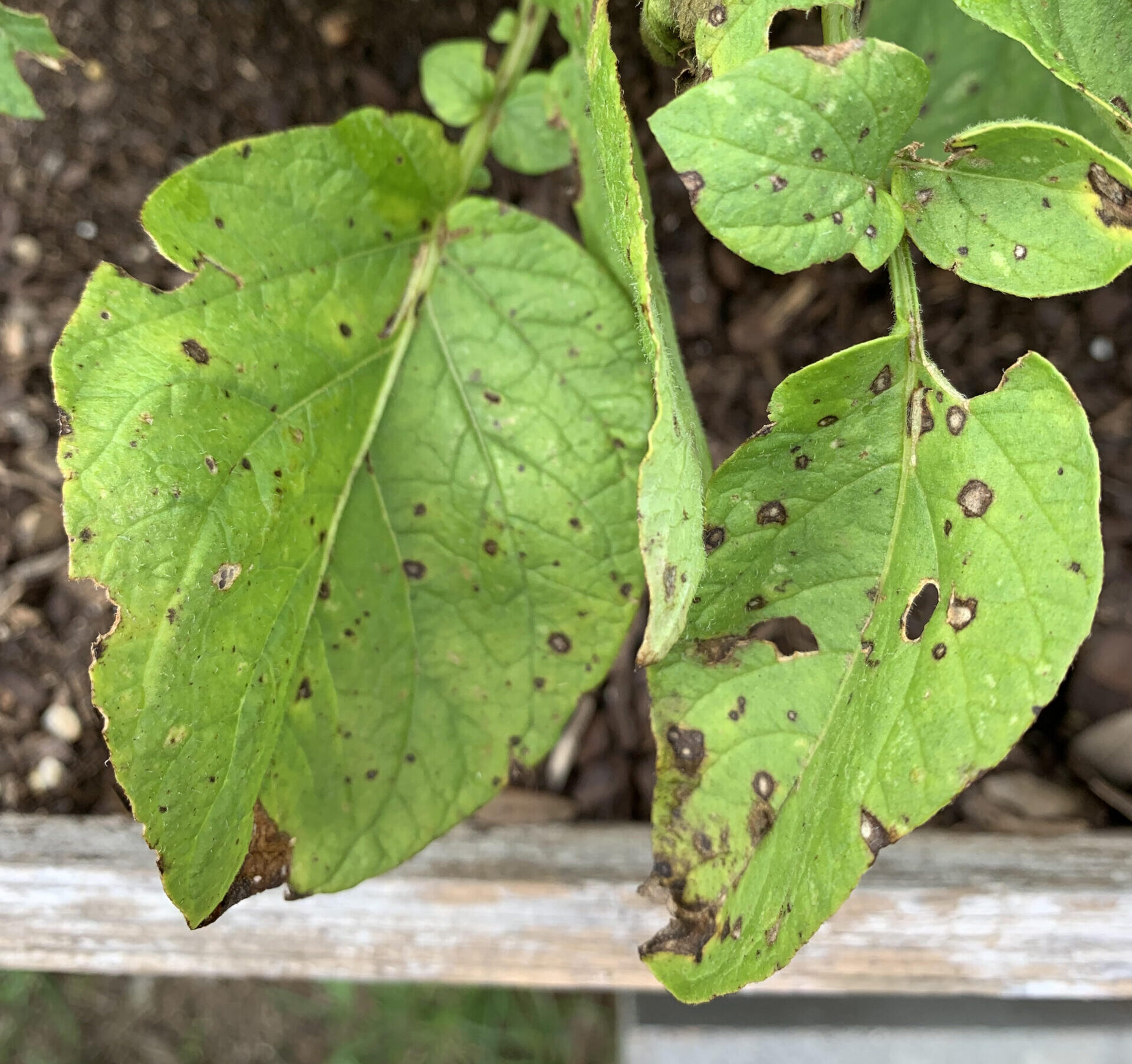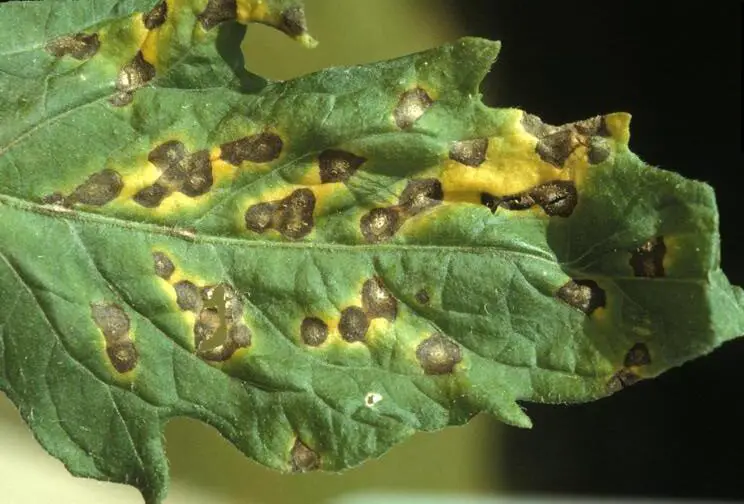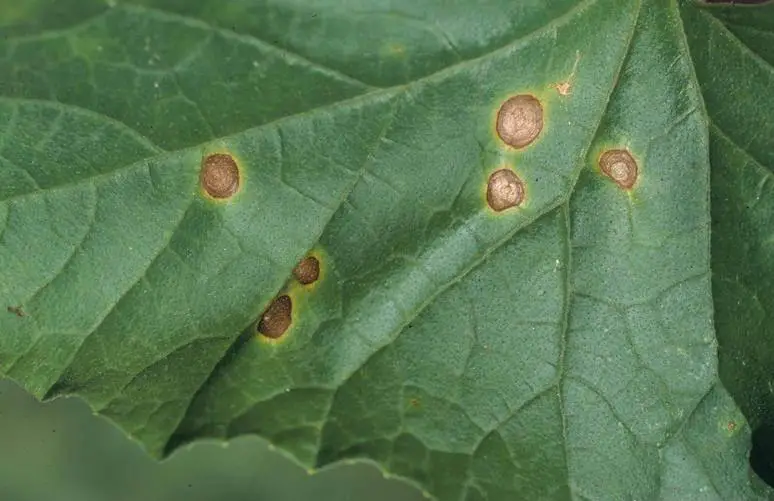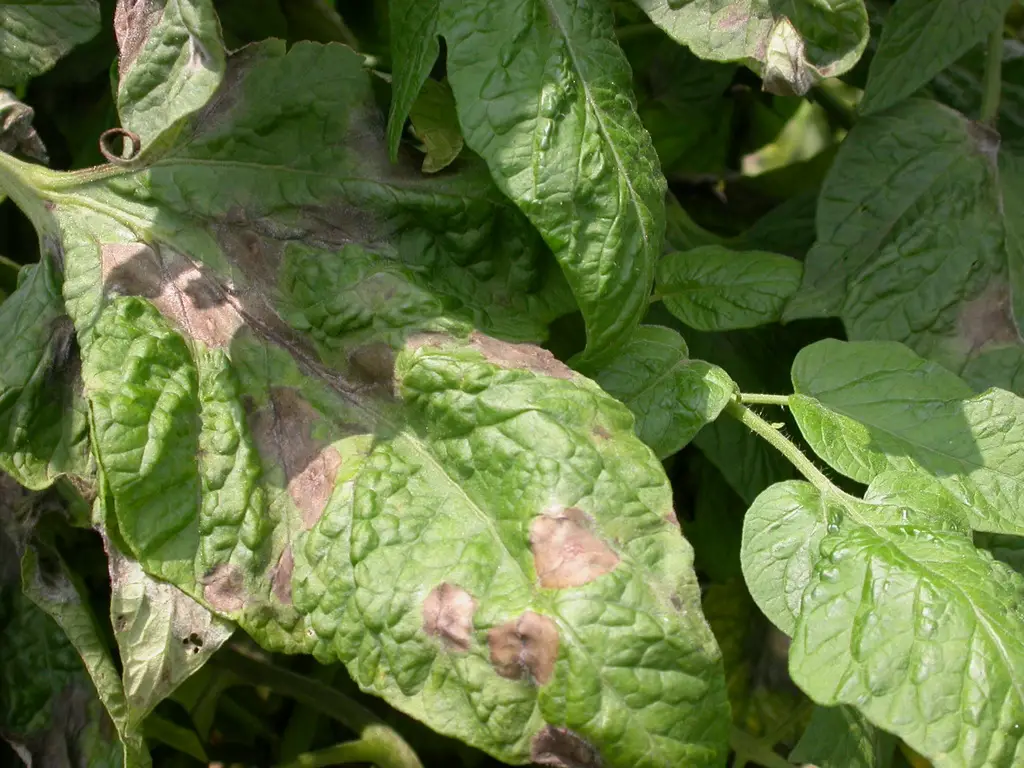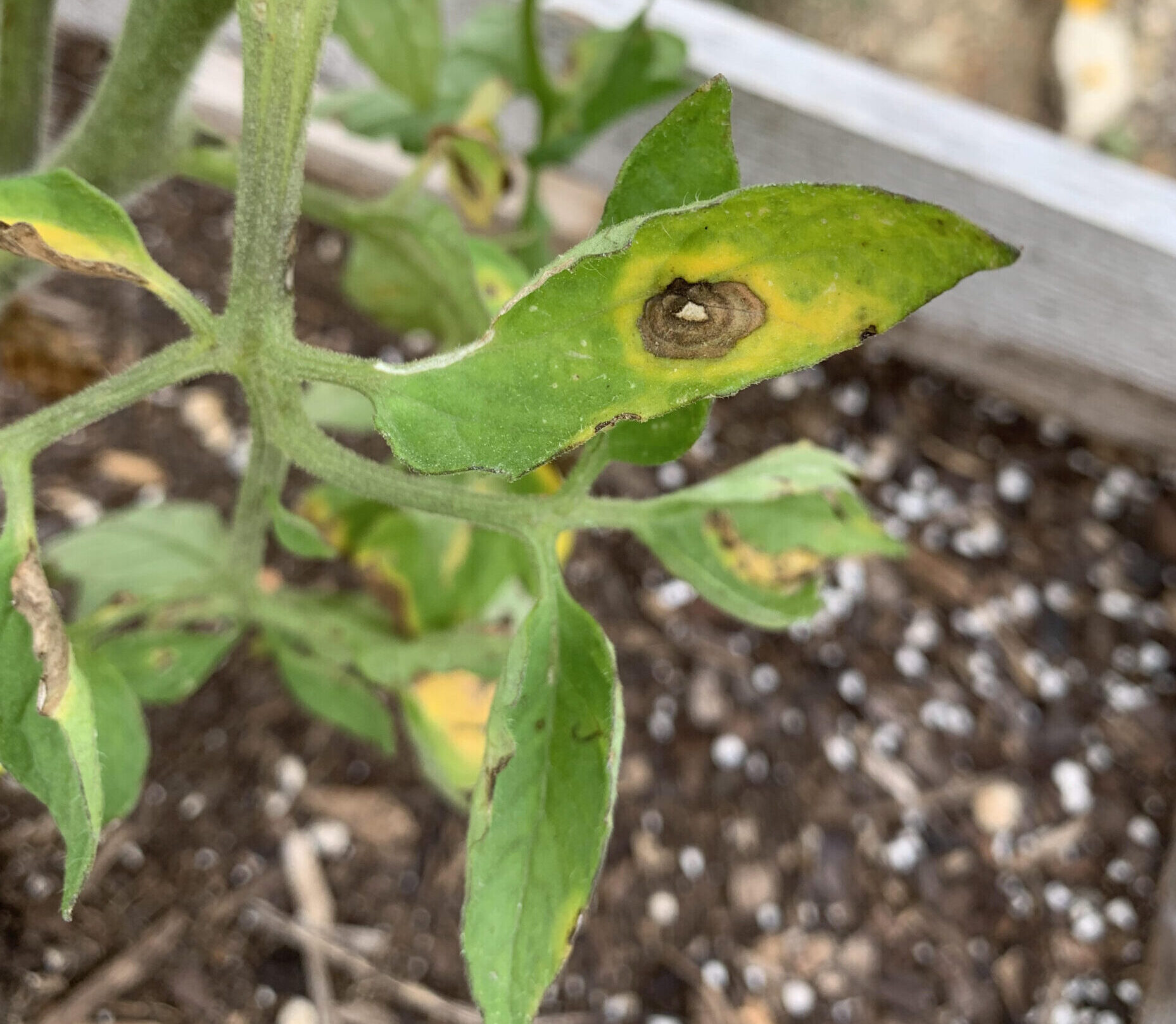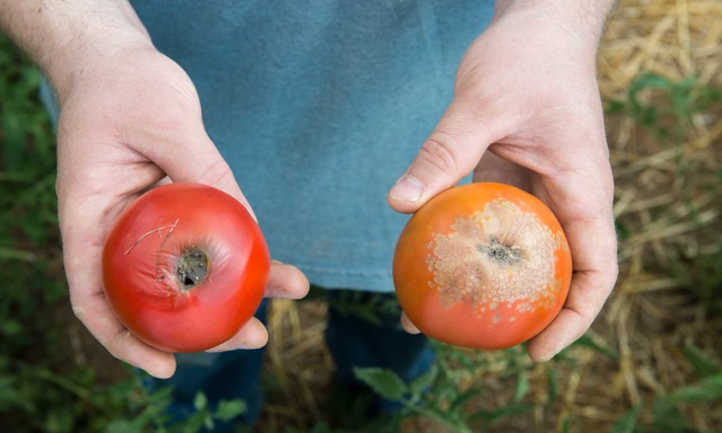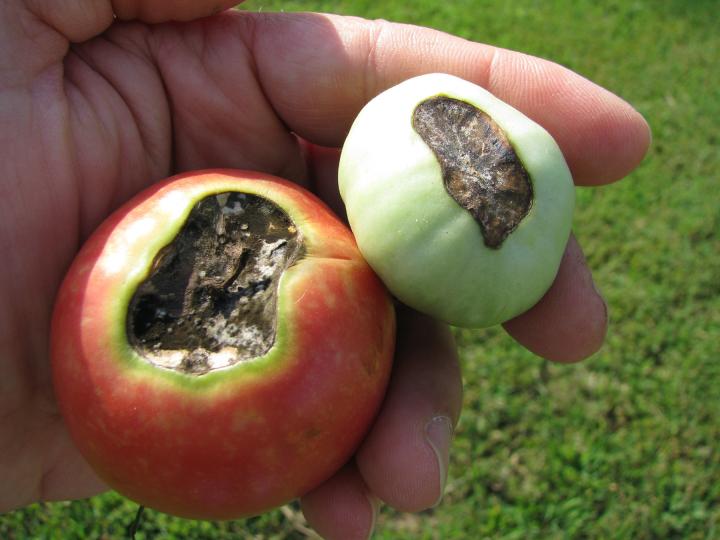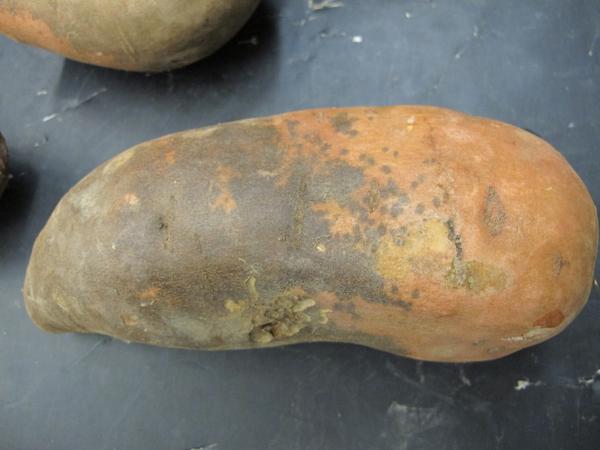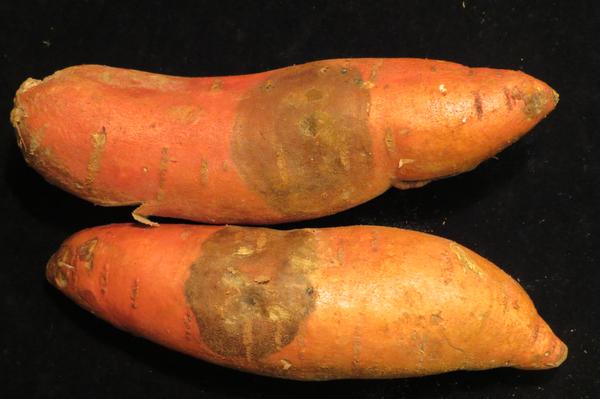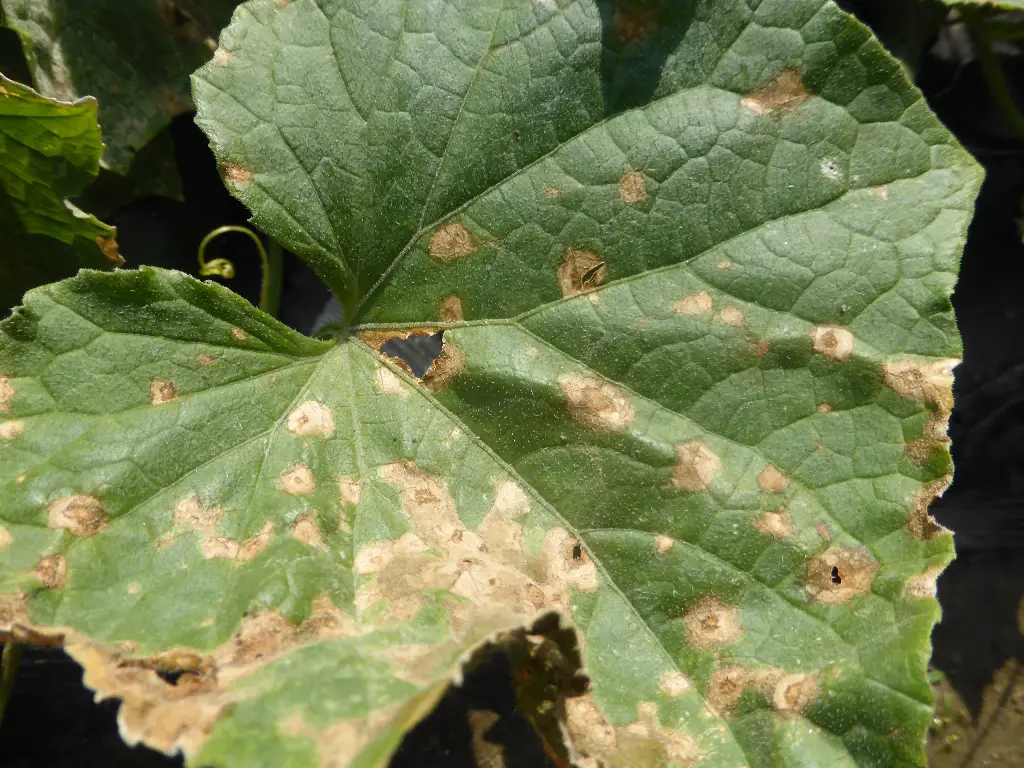Septoria Leaf Spot in Potatoes: How to Treat and Prevent
Nightshades like tomatoes and peppers are susceptible to a fungal disease called Septoria leaf spot. Potatoes, also members of the nightshade family, are also prime targets for this harmful pathogen. In this article, you will learn how to identify this disease, as well as how to treat it and, more…
